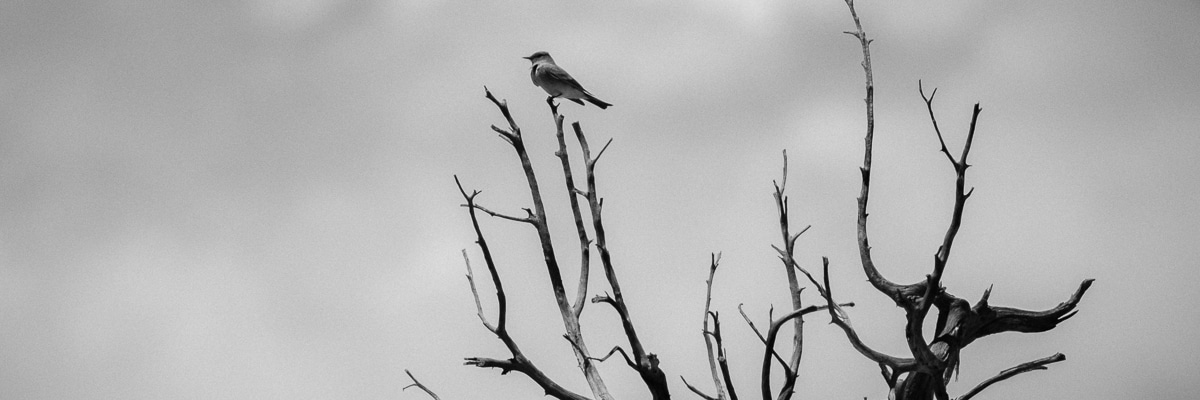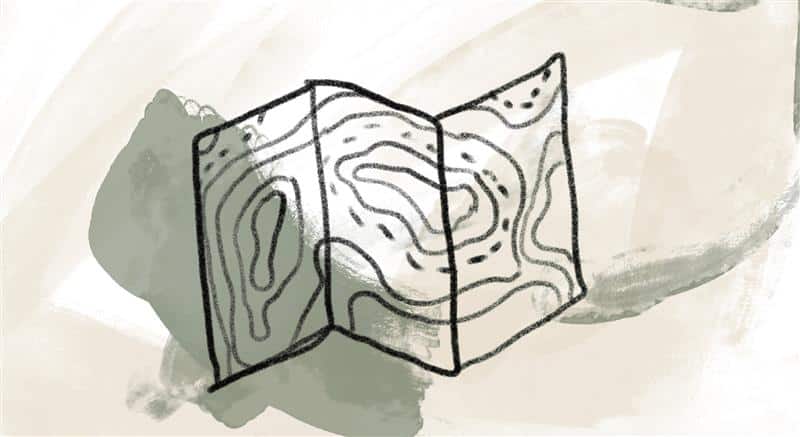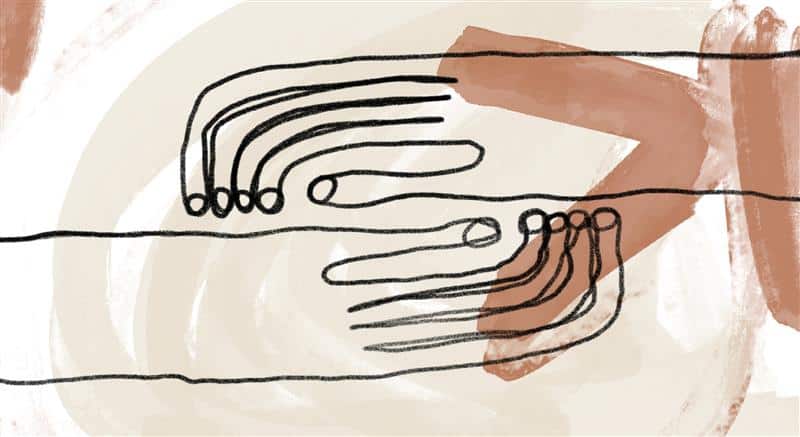
Theologian James Cone (1938–2018) draws a parallel between Jesus’ crucifixion and the lynching of Black Americans:
Theologically speaking, Jesus was the “first lynchee,” who foreshadowed all the lynched black bodies on American soil. He was crucified by the same principalities and powers that lynched black people in America. Because God was present with Jesus on the cross and thereby refused to let Satan and death have the last word about his meaning, God was also present at every lynching in the United States. God saw what whites did to innocent and helpless blacks and claimed their suffering as God’s own. God transformed lynched black bodies into the recrucified body of Christ. Every time a white mob lynched a black person, they lynched Jesus. The lynching tree is the cross in America. When American Christians realize that they can meet Jesus only in the crucified bodies in our midst, they will encounter the real scandal of the cross.
God must therefore know in a special way what poor blacks are suffering in America because God’s son was lynched in Jerusalem.… The lynching tree is a metaphor for white America’s crucifixion of black people. It is the window that best reveals the religious meaning of the cross in our land. In this sense, black people are Christ figures, not because they wanted to suffer but because they had no choice. Just as Jesus had no choice in his journey to Calvary, so black people had no choice about being lynched. The evil forces of the Roman state and of white supremacy in America willed it. [1]
Jennifer Garcia Bashaw charts a path forward for Christians to stop racial scapegoating:
The final step we must take to abolish the scapegoating of Black Americans is to raise up the voices of the victims, to hear their experiences and learn from their resiliency. We need to listen to Black historians and Bible scholars, Black theologians and ethicists, Black social advocates and pastors, Black artists and poets. They will be the lights that lead the church from ignorance to understanding; they will show us how to live into the inclusive and liberating kingdom of God rather than the empire of domination and power…. We have a long way to go before our community resembles the beloved community of Christ. Those of us who have participated in, allowed, or ignored racism must walk the painful road of confession and atonement before we can mend the rift in the body of Christ that we caused….
God’s power does not enslave, or lynch, or choke, or disenfranchise. It preserves life, lifting up the needs and voices of the oppressed and giving them dignity. This is what Jesus did in his life and death and what God’s spirit does in the resurrection and through the message of the Gospels. We who are followers of Jesus must stop our scapegoating and the racism that powers it if we are to walk on that resurrection road behind him. [2]
References:
[1] James H. Cone, The Cross and the Lynching Tree (Maryknoll, NY: Orbis Books, 2011), 158, 166.
[2] Jennifer Garcia Bashaw, Scapegoats: The Gospel through the Eyes of Victims (Minneapolis, MN: Fortress Press, 2022), 265, 266, 268.
Image credit: Benjamin Yazza, Untitled (detail), New Mexico, 2023, photograph, used with permission. Click here to enlarge image. Who do we push outside the circle of our acceptance to sing alone on the branches of a burnt and mangled desert tree?
Story from Our Community:
Today, I started my day with one of the CAC virtual sits. I began my contemplative journey as a child, under the guidance of my parents and grandparents. During seminary, I learned there are many kinds of contemplation, including movement and art. Coming from a long line of Quakers, I loved the silent, unguided meditations best. I still use all the types of contemplation, but when things are utter chaos, I find the vocal meditations helpful. Lately, I have found my four-footed family members joining me in stillness and practice. I see St. Francis and Claire in them. The deeper I go into my relationship with the Divine, the more words fail to describe my experience. —Margaret H.




